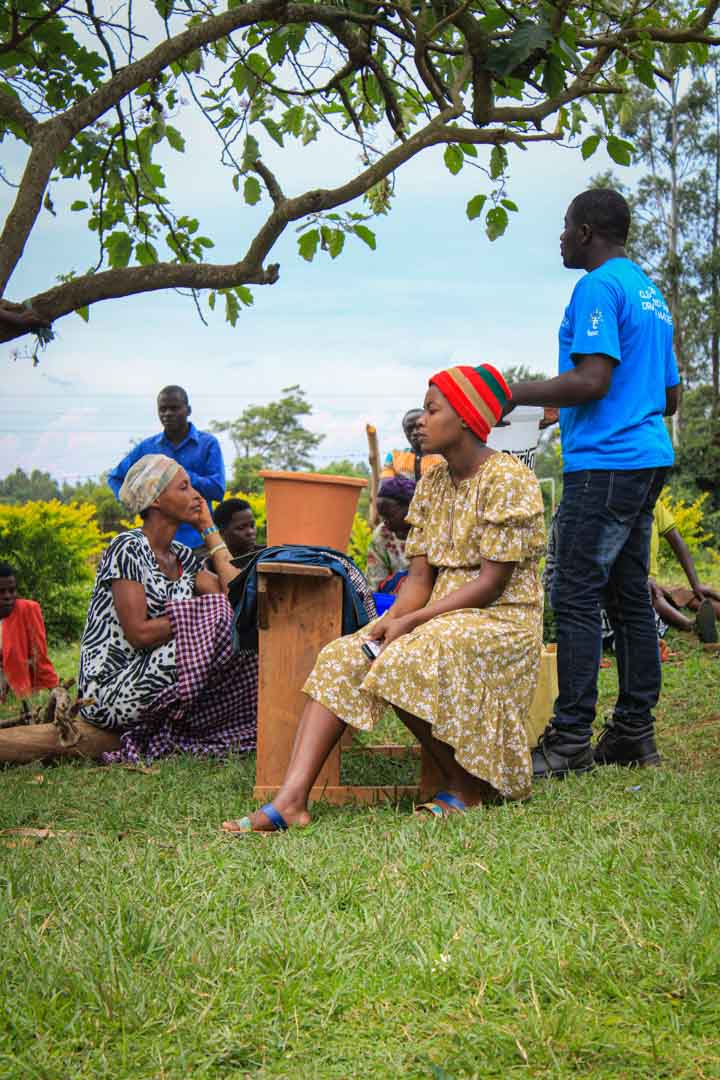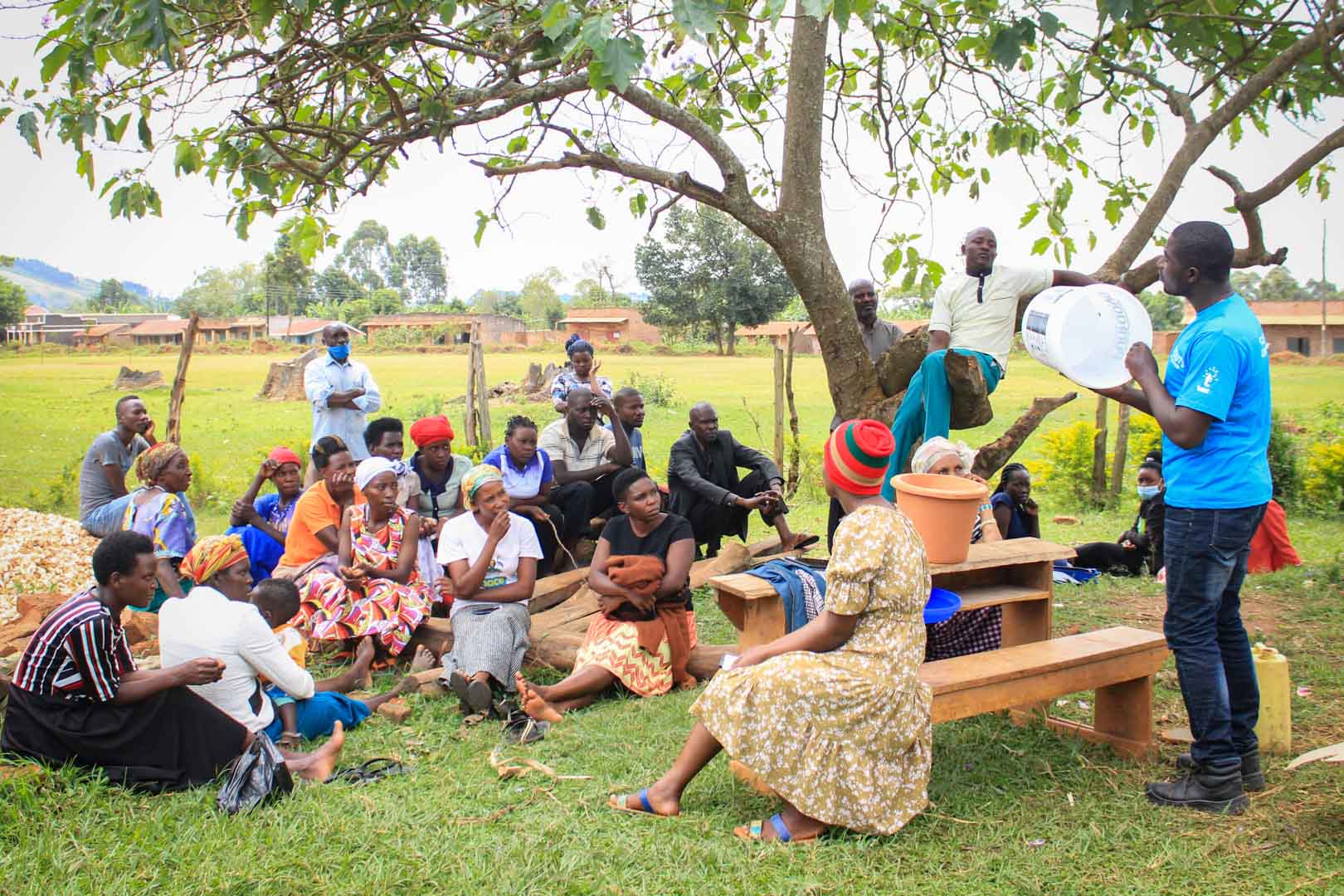Clean drinking water for people in Uganda
About half of the population in Uganda has no access to clean drinking water. In 2020, more than 17 million people had to meet their daily water needs with unfiltered water, which must be boiled - often over open fire - to prevent diseases. The alternative is often a walk of more than 30 minutes to the nearest safe water point.
This drinking water project counters the problem by distributing water filters to households and institutions in western Uganda. These are made of ceramic, for example, and filter the water through microscopic holes in the ceramic pot, allowing only clean water to pass through while leaving germs and impurities behind.
This provides access to clean water for Ugandan people and reduces the risk of intestinal diseases. As the water no longer has to be boiled over an open fire, the project saves carbon emissions.




According to UNICEF, 2.2 billion people worldwide lack reliable access to safe and clean drinking water – 26% of the global population. Women and girls often must travel long distances to collect water from the nearest water point. To make the water safe for use, it is typically boiled over open fires using wood, which generates carbon emissions and harmful smoke. Additionally, the collection of firewood contributes to deforestation.
Climate projects for clean drinking water offer practical solutions. Water can be treated chemically (e.g., with chlorine-based purifiers), mechanically (e.g., with water filters), or through tapping groundwater from wells. For this, wells must be repaired, maintained, or newly installed, as only functioning wells provide clean drinking water. These solutions grant even remote villages access to safe water.
Such projects also reduce carbon emissions by eliminating the need to boil water and help combat deforestation. The clean drinking water projects in ClimatePartner's portfolio are registered with international standards.
Explore our projects
Biochar for Climate Action, Healthy Soils, and Better Harvests

A certified climate project combined with additional commitment

Expansion of renewable energy generation in Asia

Ceramic water filters save CO2 and improve health

Improved cookstoves worldwide – for better health and cleaner air

A certified climate project combined with additional commitment

Powering access to renewable energy in Africa

A certified climate project combined with additional commitment

Restored ecosystems remove carbon

Turning degraded farmlands into healthy ecosystems

Improved cookstoves - better for health and the environment






